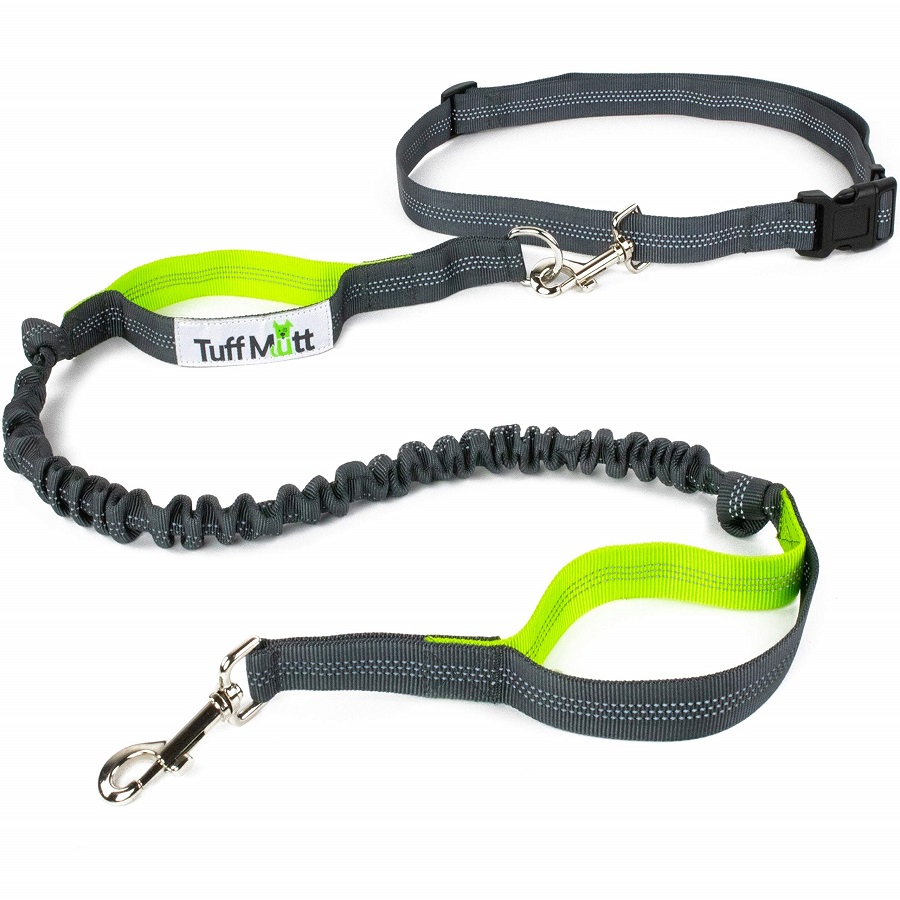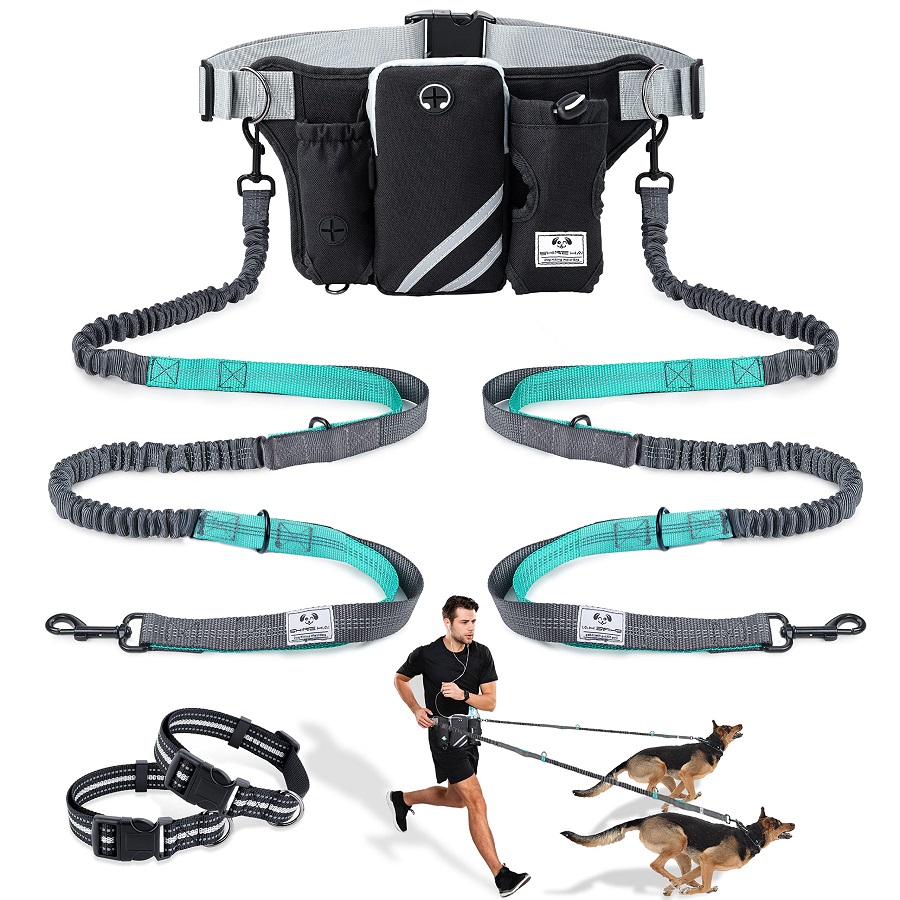As a pet owner, ensuring the safety and well-being of your dog is paramount. One of the modern conveniences that has emerged in recent years is the hands-free dog leash. While these leashes offer many advantages, they also come with their own set of safety concerns. In this comprehensive guide, we will explore the benefits and risks associated with hands-free dog leashes, as well as tips for choosing the right one for you and your furry friend.
Understanding Hands-Free Dog Leashes
What Are Hands-Free Dog Leashes?
Hands-free dog leashes are innovative tools designed to allow dog owners to walk, run, or hike with their pets without using their hands to hold a traditional leash. These leashes typically attach to the waist via a belt or harness, allowing the dog to roam within a certain distance while keeping the owner free to perform other tasks, such as jogging, cycling, or handling belongings.
How They Work
The mechanics of hands-free dog leashes are relatively straightforward. Most designs consist of a leash that attaches to a belt worn by the owner, often with adjustable lengths to allow for more freedom of movement. Some models feature bungee sections that absorb shocks, making them gentler on both the dog and the owner. Many also include reflective materials for nighttime visibility, ensuring safety during early morning or evening outings.

Benefits of Using Hands-Free Dog Leashes
Enhanced Mobility and Freedom
One of the primary benefits of hands-free dog leashes is the increased mobility they offer. Owners can engage in activities like jogging, hiking, or even walking with children while maintaining control of their dog. This freedom can lead to a more enjoyable experience for both the owner and the pet, fostering a stronger bond through shared activities.
Greater Comfort for Both Owner and Dog
Traditional leashes can sometimes lead to strain on the owner’s hands or arms, particularly with larger dogs that may pull. Hands-free leashes distribute the weight and pressure across the waist, which can reduce fatigue and discomfort during longer walks or runs. For dogs, these leashes allow for more natural movement, promoting healthier exercise habits and reducing the likelihood of injuries caused by abrupt pulls or jerks.
Potential Risks and Drawbacks
Loss of Control
Despite their benefits, hands-free dog leashes come with potential risks. One significant concern is the loss of control over your dog. Unlike a traditional leash that you can easily retract or adjust, hands-free models can sometimes allow for greater distances between you and your pet. This may make it more challenging to manage your dog’s behavior, especially in crowded or unpredictable environments.
Risk of Injury
Another concern is the risk of injury, both for the dog and the owner. If a dog suddenly lunges or reacts to a distraction, the owner may not be able to respond quickly enough to prevent an accident. Additionally, if a dog pulls hard enough, the waist belt could cause injuries to the owner, especially if they are caught off-guard. It’s essential to choose a model that is appropriate for your dog’s size and temperament to minimize these risks.
Factors to Consider When Choosing a Hands-Free Dog Leash
Dog Size and Behavior
When selecting a hands-free dog leash, one of the most critical factors to consider is your dog’s size and behavior. Larger dogs with high energy levels may require more robust leashes with stronger materials and locking mechanisms. If your dog is prone to pulling or has a strong prey drive, a leash with additional control features, such as a shorter length or dual attachment points, may be beneficial.
Comfort and Fit
The comfort and fit of the leash for both you and your dog are also paramount. Look for adjustable belts that can accommodate different waist sizes and ensure that the leash is comfortable for long wear. For your dog, consider a harness-style attachment that evenly distributes pressure and allows for greater freedom of movement. A well-fitted leash will reduce the risk of chafing and discomfort, making outings more enjoyable.

How to Train Your Dog for Hands-Free Leash Use
Basic Obedience Training
Before transitioning to a hands-free leash, it’s crucial that your dog has a solid foundation in basic obedience commands. Commands like “sit,” “stay,” and “come” are essential for maintaining control in various situations. Consistent training will help ensure that your dog responds well when using a hands-free leash, minimizing the risk of unexpected behavior.
Gradual Introduction
When introducing a hands-free leash, start slowly. Begin by allowing your dog to get accustomed to wearing a harness and the leash. Gradually increase the distance and duration of your walks while monitoring your dog’s behavior. This gradual introduction will help your pet adjust to the new experience and reduce anxiety or confusion.
Tips for Safe Use of Hands-Free Dog Leashes
Choose the Right Environment
When first using a hands-free dog leash, select a safe and controlled environment. Avoid busy streets or crowded parks where distractions are plentiful. Instead, consider starting in a quiet area or a designated dog park where you can focus on your dog’s behavior without interruptions.
Monitor Your Dog’s Behavior
Always keep an eye on your dog’s behavior while using a hands-free leash. If you notice signs of anxiety or aggression, it may be necessary to return to a traditional leash until your dog is more comfortable. Being vigilant can help prevent accidents and ensure that both you and your dog have a positive experience.
Maintenance and Care for Hands-Free Leashes
Regular Inspections
To ensure the safety and longevity of your hands-free dog leash, regular inspections are crucial. Check for any signs of wear, such as frayed edges, broken clips, or weak stitching. Replace any damaged components immediately to prevent accidents.
Cleaning and Storage
Proper cleaning and storage are also important for maintaining your leash. Most materials can be wiped down with a damp cloth, and some are even machine washable. Store your leash in a cool, dry place to prevent mold and deterioration, especially if it gets wet during your outings.

Comparing Hands-Free Dog Leashes to Traditional Leashes
Versatility and Convenience
Hands-free leashes offer a level of versatility that traditional leashes cannot match. They allow for a more natural walking style, especially during activities like jogging or biking. Owners can also multitask, making it easier to enjoy outings without feeling restricted.
Safety Features
Traditional leashes often come with built-in safety features, such as quick-release clips or reflective materials. While many hands-free leashes now offer similar features, it’s essential to carefully evaluate the safety mechanisms of any leash you consider. Ensure it provides the control and security you need for your specific activities.
Real-Life Experiences from Pet Owners
Success Stories
Many pet owners who have transitioned to hands-free leashes report positive experiences. Owners often highlight the increased freedom their dogs enjoy, which leads to better behavior and more enjoyable outings. Shared activities, such as hiking or running, create stronger bonds between pets and their owners, making these leashes a popular choice among active individuals.
Challenges Faced
Conversely, some pet owners have encountered challenges with hands-free leashes, particularly with strong or reactive dogs. Instances of loss of control have led to accidents or close calls. These experiences underscore the importance of thorough training and cautious use, especially with dogs that may not be accustomed to such freedom.
Conclusion: Making the Right Choice for You and Your Dog
Hands-free dog leashes can be an excellent addition to your pet care arsenal, offering benefits in mobility, comfort, and convenience. However, it’s crucial to weigh the pros and cons and consider your dog’s behavior and size when making a decision. Training your dog to adapt to a hands-free leash and understanding the safety precautions involved will ensure a positive experience for both you and your furry friend. Ultimately, with the right preparation and care, hands-free dog leashes can enhance your outdoor adventures and deepen the bond you share with your pet.










